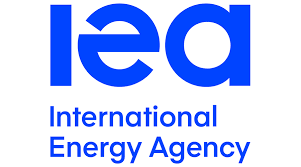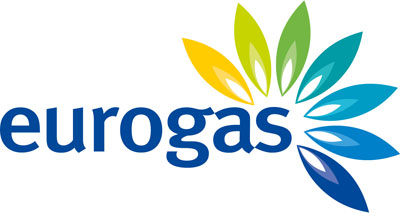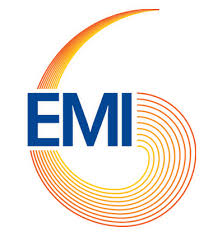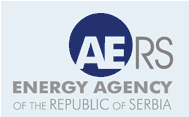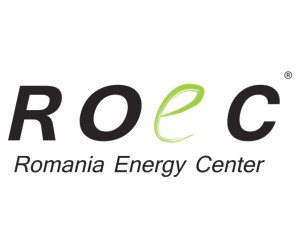It has now been more than a year that we have been cautiously observing some positive signs which lead us to believe that some fundamental changes are at play in SE Europe’s, far from uniform, energy landscape. Changes which are happening not only in terms of infrastructure but also in the organization and the functioning of the markets themselves, following a long gestation period which can be traced back to 2004 when EU’s Energy Community was first conceived and the Athens process really started, and the commitment was made by participating countries to work together in developing a truly integrated energy market in the region.
We are now seeing some evidence that at long last markets are getting closer and cross border trading, at least in electricity, is improving while the omens for a broader connectivity and re-configuration of key parameters are discernible in the region’s rather hazy energy horizon. In that sense the choice of subject for this year’s Energy Dialogue, meeting the seventh such event organized by IENE, could not have been more appropriate.
"The New Regional Parameters” of the energy agenda of SE Europe was the focus of this year’s gathering, which the Institute of Energy for SE Europe (IENE) convened in Thessaloniki on June 19 – 20, 2013. The conference, which was organized in association with the World Energy Council (WEC), focused on the latest developments of the evolving natural gas and electricity markets of the region. These developments, as well as the ever deepening energy partnerships of S.E. European countries with the Caspian Sea, the East Mediterranean, the Middle East and North Africa constituted the general background of the forum’s energy debate. Combined with the present difficult economic situation facing most European countries and the implications on security of energy supply and the global concern for the provision of viable alternatives, these subjects, formed the basis for the deliberations of IENE’s 7th SEEED.
As it became evident in the various presentations and discussions during the Energy Dialogue, today we are witnessing a number of landmark developments in the SE European energy scene. Some of them such as the Gazprom backed South Stream gas pipeline, whose construction commenced last December, and the decision to select the TAP project for Caspian gas delivery to Europe, are game changing events which will no doubt have a major impact on how markets shape across SE Europe. The TAP project must also be seen in conjunction with the TANAP major pipeline which will cross horizontally Turkey and will thus enable the transmission of Azeri gas from the Shah Deniz II field to Greece, Albania and Italy via Turkey.
New major pipelines such as the South Stream, TAP and TANAP, along with essential interconnectors such as Greece-Bulgaria (IGB) and the Turkey-Bulgaria (ITB) and the ones between Serbia and Bulgaria, and Bulgaria to Romania will undoubtedly help increase gas volumes and provide market liquidity. This is a prerequisite for the establishment of a truly regional gas market where small and large players will have equal access. This can only be recognized as a key development which will help in the transformation of the region’s energy market.
Another main departure for the region’s energy scene is the decision by Turkey to move ahead with the construction of two major nuclear power generation facilities in Akuyu and Sinop with total installed capacity of some 9.0 GW. When these stations become operational by 2023 they will have a major impact on the regional electricity market enabling Turkey not only to achieve full power generation independence but also most likely to export electricity to neighbouring countries at competitive prices.
If we were to group these parameters we could place them in two broad categories, the first one dealing with market organisation and operation and the second one related to infrastructure. With implementation of the latter being of course a prerequisite for the successful functioning of the former. However, market operation changes, although crucial in every respect, as they ultimately effect consumers, are always slower and far more difficult to introduce, while the construction of new infrastructure projects, such as pipelines, grid connections, power stations and LNG terminals, are not only highly vissible (and desirable in every sense) but once funding is in place, can be constructed in a fairly predictable timeframe.
Meanwhile electricity market integration at regional level is getting nearer to realization following substantial progress in cross border HV interconnections and the setting up of the regional Coordinated Auction Office (CAO) in Podgorica. The aim here is to establish a single point for the allocation of interconnection capacity in the region. Setting up a SEE CAO is in compliance to the legal requirements of the Energy Community Treaty.
However, as market players point out there are still some serious problems related to the operation of the electricity markets of individual countries which remain highly distorted and irrational, as is the case in Greece and Bulgaria, which prevents free trading within a competitive price environment. In addition certain technical requirement such as market coupling is not yet a reality. In that sense some serious work still remains to be done.
On the other hand, oil refining and product marketing is moving ahead inspite of a rather negative European environment, with the completion or start up of major projects in Greece, Turkey, Bulgaria and Serbia. Likewise, considerable progress is being reported in both onshore and offshore exploration in several countries of the region including Albania, Romania, Turkey, Bulgaria, Croatia, Albania, Cyprus and Montenegro. If the present level of activity continues it is most likely that by the end of this decade we shall see a steep rise in indigenous oil and gas production with targeted oil production nearing 0.5 to 0.7 million barrels per day and 30-40 BCM per year of natural gas. Such an outcome will reduce considerably the region’s present gross energy import dependence.
Aiming at such high levels of production is not unrealistic on the strength of latest discoveries in the East Mediterranean, the Black Sea and the Adriatic. Moreover such an achievement is bound to have profound positive implications for the region’s economy which will see strong FDI’s and a return to robust growth.
At the same time the penetration of RES, especially wind and photovoltaics, is spectacular and countries like Romania, Greece, Bulgaria and Turkey are in the forefront of developments. The region’s installed RES electricity capacity has increased manyfold over the last three years and is already exceeding 12.0GW, a figure that will most likely double by 2020. Such developments are in line with stated EU energy policy which comprises the security of energy supply, the tackling of climate change and the integration of RES and energy efficiency in parallel with the realisation of the internal energy market. Increased energy supply from local resources, both conventional and renewable, and the full development of market potential are now emerging as top priorities in the SE European energy agenda.
Although considerable progress is being made in almost all fronts of the energy sector in SE Europe, with major infrastructure projects under construction and bold moves in place aiming towards market rationalization, the goals are far from being achieved. These remain the smooth functioning and full development of a regional integrated electricity and gas market with an implied increase of cross border trade. What we see now are certain fundamental shifts in the parameters involved which give rise to a certain degree of qualified optimism. A market transformation may indeed be achieved after all in the foreseeable future.
(Editorial, IENE’s SOUTH-EAST EUROPE ENERGY REVIEW, Issue No 38 • April-June 2013)

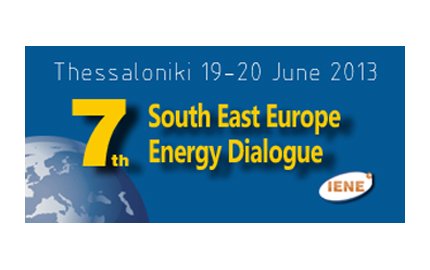 It has now been more than a year that we have been cautiously observing some positive signs which lead us to believe that some fundamental changes are at play in SE Europe’s, far from uniform, energy landscape.
It has now been more than a year that we have been cautiously observing some positive signs which lead us to believe that some fundamental changes are at play in SE Europe’s, far from uniform, energy landscape.
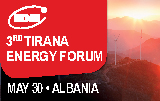

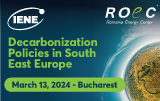

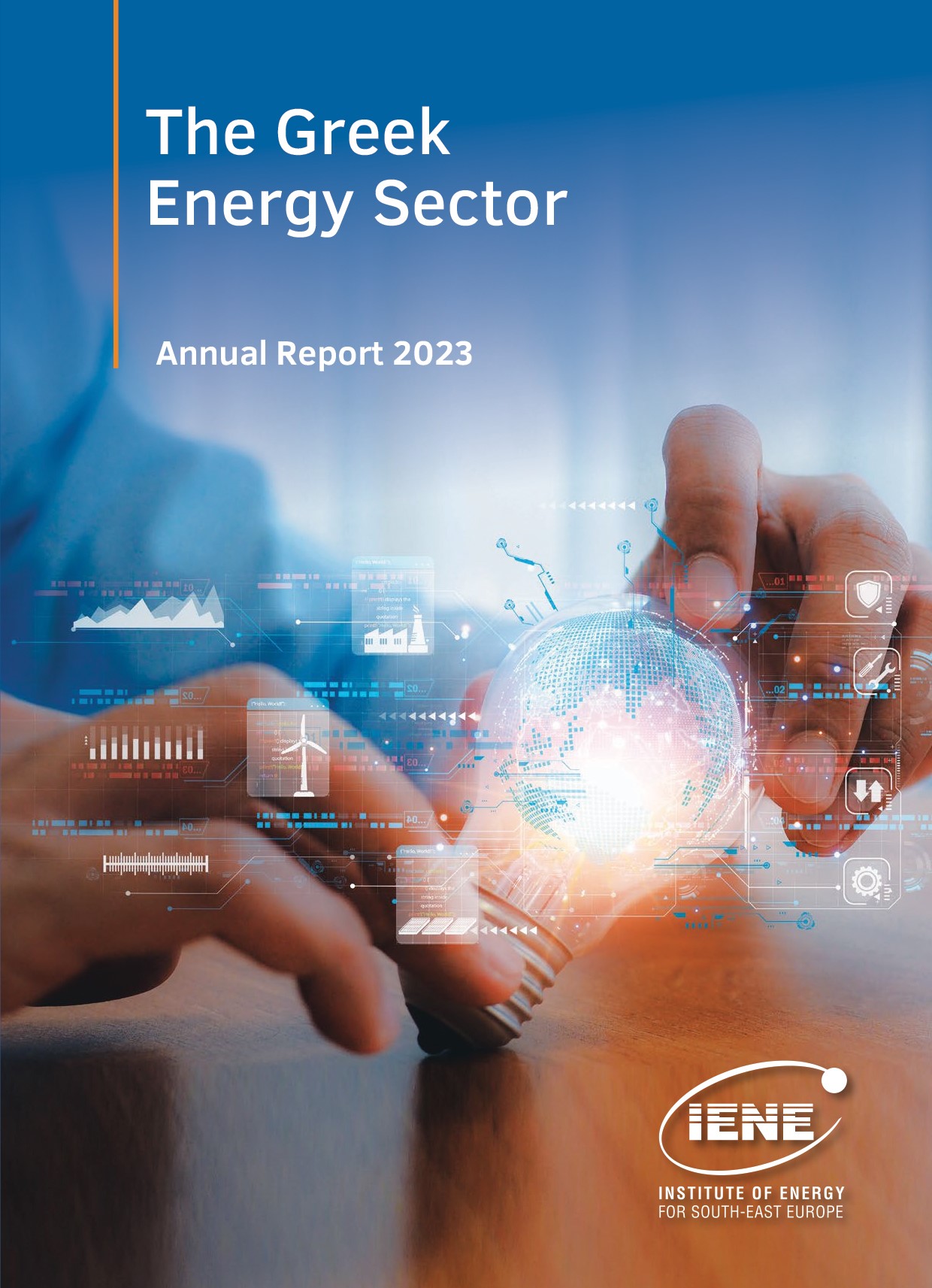
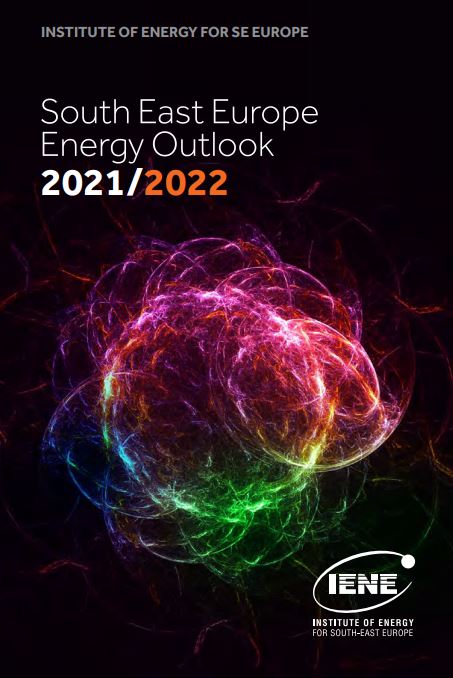
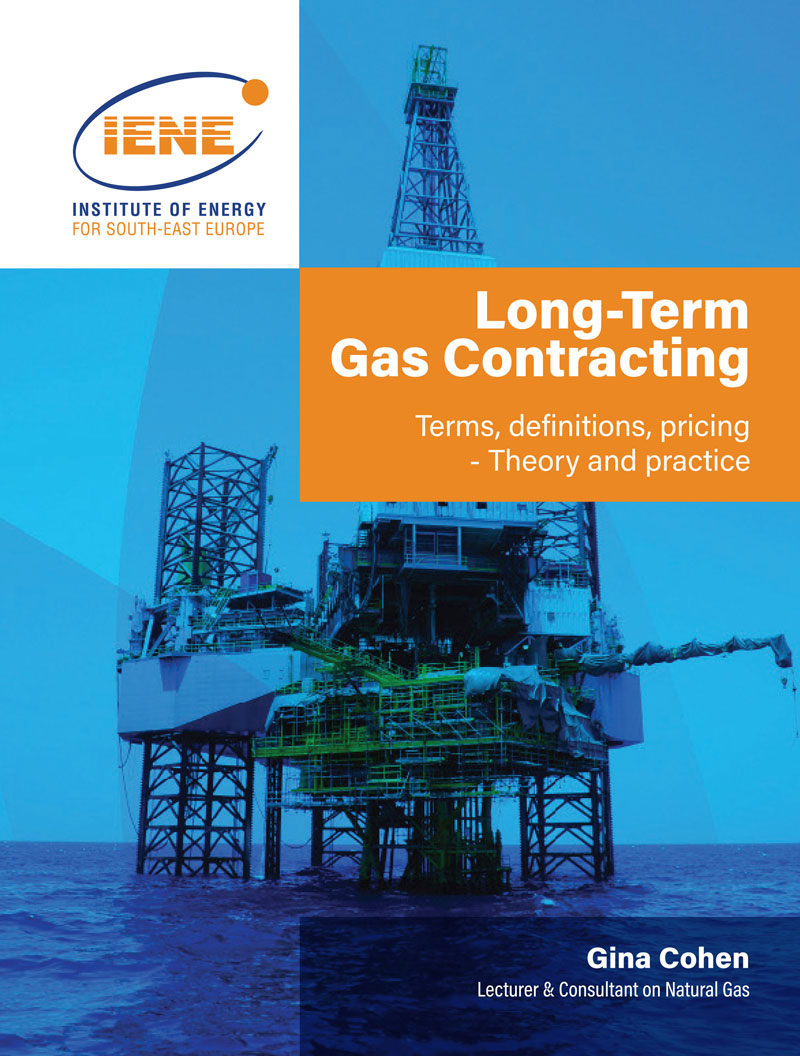 More
More
